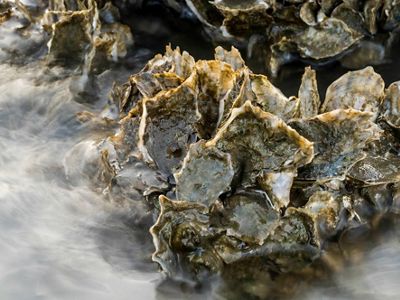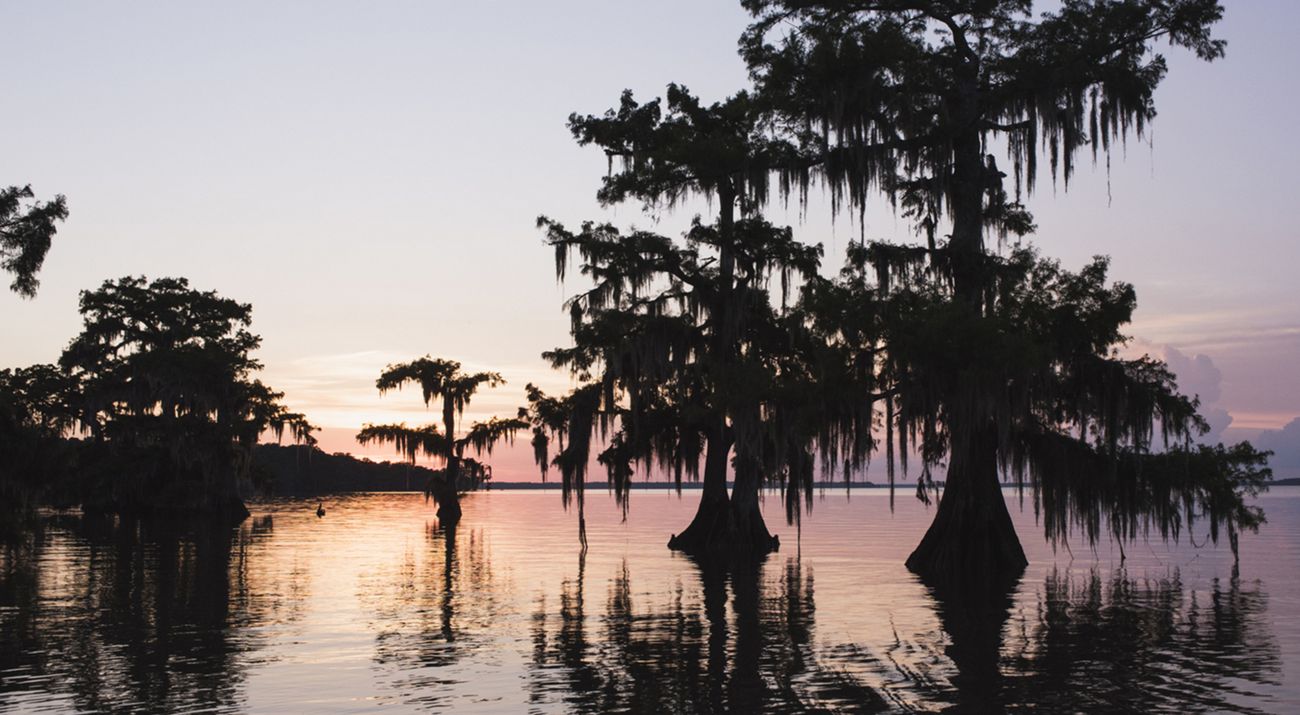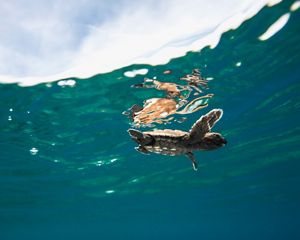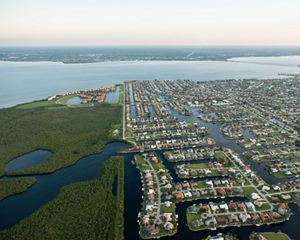Spending on nature would be the investment of a lifetime
By Andrew Deutz, Director of International Government Relations, and Margaret Kuhlow, Finance Practice Leader at WWF
When world leaders gather this weekend in Osaka for the G20 Summit, attention will turn once more to the challenge of realizing sustainable and inclusive economic growth that includes progress toward poverty reduction, human health, and women’s empowerment.
Hot topics for discussion include encouraging business-led innovation to combat climate change, promoting "quality infrastructure" investment, and strengthening financial resilience in the face of natural disasters.
The rising incidence of extreme weather already costs more than US$300bn per year, and to mitigate associated financial risks, G20 finance ministers recently recognized the importance of better integrating environmental and social considerations into infrastructure development.
The most cost-effective and environmentally sound way to deliver resilience and prosperity is to radically increase investment in nature-based solutions. This would help achieve emissions reduction targets under the Paris Agreement, and deliver Sustainable Development Goals (SDGs) on health and well-being, clean water and sanitation, life below water, and life on land.
In meeting such enormous challenges, nature is our strongest ally.

Natural returns
We need a much deeper commitment to nature-based solutions—including reforestation and smarter management of farmland, wetlands and peatlands—which together, have the potential to deliver 30 percent of the climate solutions we need by 2030, while also helping reverse nature loss.
Coastal wetlands, for example, prevented an additional $625 million in damages from Superstorm Sandy.
Regardless of the potential for such significant benefits, nature-based solutions currently receive only about 2.5 percent of public climate financing.
Building wisely
The estimated $94 trillion in infrastructure development needed between now and 2030 will double the amount of infrastructure on Earth. Poor design and location choices degrade natural systems, and if high carbon, lock-in unsustainability for decades.
A road is not just a road. In the Brazilian Amazon, 95 percent of all deforestation occurs within 5.5 km of a paved or unpaved road, and in the montane forests of Southeast Asia, landslides are two to three times more frequent in terrain with roads than without.
Considering the benefits nature provides when planning traditional infrastructure is vital—especially in meeting the needs of hundreds of millions of people who still lack access to basic services like electricity, water and sanitation.
To realize the benefits of infrastructure without incurring high environmental costs, the G20— especially through the international Development Finance Institutions it supports—must apply strong planning and procurement standards for these investments.
Encouragingly, the T20—an advisory body to the G20—has recommended boosting quality infrastructure development by encouraging governments to focus on upfront, system-scale spatial planning—not just to do infrastructure projects right but to do the right infrastructure projects. The InterAmerican Development Bank has shown this helps avoid the most environmentally and socially damaging projects, and achieves the triple win of faster delivery, higher financial returns, and better environmental outcomes. And a new World Bank report has found investing in more resilient infrastructure would save $4.2 trillion, with $4 in benefit for every $1 invested.
We need to encourage investment in a new generation of policies and projects that harness the power of nature and weave together "green" and "gray" systems to lower costs, increase resilience and deliver the SDGs.
Quote
We need a new generation of policies that harness the power of nature and weave together "green" and "gray" systems to lower costs, increase resilience and deliver the SDGs.
Natural capital in jeopardy
There is mounting evidence that nature is in decline as never before, growing recognition that environmental risks pose the gravest threat to the global economy, and a dire warning that the longer we wait to avert the climate catastrophe the more costly it will be. And yet we are still not acting to address these interrelated crises.
The way we currently feed, fuel and finance ourselves is pushing nature to the brink. Last month’s Global Assessment on Biodiversity and Ecosystem Services from the Intergovernmental Science-Policy Platform on Biodiversity and Ecosystem Services (IPBES) was a clarion call that Earth’s natural systems are operating in the red.
Nature is worth an estimated $125 trillion to the global economy every year. We need to invest in rather than use up the natural capital that sustains us, doing all we can to deliver well-being and prosperity by sustaining our planet’s precious natural systems.
It is still scientifically and technically possible to restore nature, deliver the SDGs, and avert dangerous climate change—but that world is only possible if people and nature thrive together.
New Deal
Last month, in direct response to the IPBES assessment, G7 environment ministers decided to accelerate efforts to reverse nature loss and support a post-2020 global biodiversity conservation framework aligned with the SDGs in the Metz Charter on Biodiversity.
G20 leaders now have an opportunity to build on this ambition. Beyond redoubling efforts to implement the Paris Agreement and deliver the SDGs, we need a new deal for nature and people that puts our natural world on the path to recovery.
If we help nature, nature will help us.
Originally Posted on Public Finance International
June 26, 2019
Global Insights
Check out our latest thinking and real-world solutions to some of the most complex challenges facing people and the planet today.



